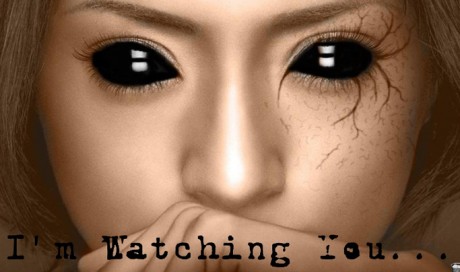Second is to do with the exposure of the Detroit hip-hop scene and battle rap culture. While the likes of Em and D-12, Royce Da 5'9", Slum Village and J Dilla put Detroit hip-hop on the map, it all occurred in the 2000s - although Dilla Dawg was doing his thing well before then - 8 Mile gave viewers a look at the hip-hop scene in golden age when it was dominated by the East and West Coast.
Detroit was practically a non-entity in hip-hop at that time - save for the aforementioned Dilla. How screenwriter Scott Silver and director Curtis Hanson captured the essence of how this era of hip-hop affected the city was nothing short of remarkable.

Which brings us to the main point, 8 Mile - for those uninitiated in hip-hop - was an insight to the world of battle rapping, a world which Eminem made his name in the early days.
The same way Wild Style gave an early insight into the four pillars of hip-hop (breaking, DJ-ing, MC-ing and graffiti), 8 Mile brought battle rapping to a mainstream audience. One that might not have even seen Wild Style.
For those on the outside looking in, the battle rap scene can seem like a daunting and intimidating environment, which is exactly how it is in real life, and Hanson channelled that hostility on the big screen.
I think what makes 8 Mile so endearing for audiences, other than its authenticity, is the underdog story which goes along with it.
In David Denby's review for the The New Yorker he describes the film as a cross between Rocky and Saturday Night Fever. It's obvious to anyone who's been following Marshall Mathers' career from the start that the lines between Eminem and his fictional counterpart begin to blur. Through his portrayal of B-Rabbit we get to see a hint of who Eminem was before he became a so-called Rap God.
Those iconic final scenes where the room is packed with a bunch battle hungry hip-hop heads eager to see rappers tear each other in two, on a verbal level, is atmospheric to say the least. When everyone start's chanting 'F*** the Free World, 313' you can't help but be caught in the moment.
This is what makes 8 Mile a quality film, it created a sense of atmosphere - a moment in time if you will - of what it was like to be present in a scene often talked about but never experienced. Just like Wild Style, it's almost like you are there witnessing the whole thing take place.
If you think about it, the success of 8 Mile paved the way for other hip-hop driven stories both fictional and non-fictional for TV and film.
Good examples are 2015's Dope (written and directed by Rick Famuyiwa and executive produced by Pharrell Williams), Donald Glover's award-winning Atlanta and 2005's Hustle & Flow.
It's a bit weird (and I'd say problematic - for reasons too long to explain in this article) that it took until late 2002 for a film which focuses on the art of rapping to be made. But that's the world we live in I guess.
As always hip-hop is a genre rejected by the old institutes, run by curmudgeons who still think the culture is a passing fad - just look at how the genre has been treated by the Grammys for the past 20 years.
However in that same breath 8 Mile, and the films which came before and after it, have proven time and time again that the culture doesn't stop for no one.
Share This Post














